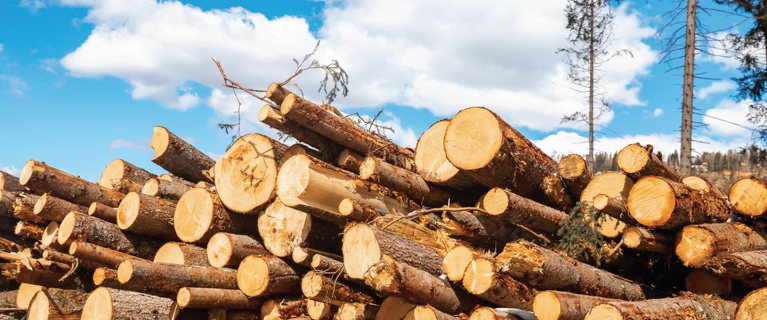
Lumber prices more than doubled last year to touch a record high, but the rally has faded on the back of a rebound in supplies. With the value of the commodity down by 20% in the new year, prospects for fresh records have dimmed.
“The flight to home ownership and the reallocation of discretionary money toward home improvement projects” in the wake of the Covid-19 contributed to the 2020 rally, says Greg Kuta, president of lumber broker Westline Capital Strategies. “Federal government intervention and the creation of free money in the form of low interest rates” fed home ownership demand and boosted home improvement construction, he says. “The perfect storm allowed demand to overwhelm housing [as well as] lumber supply in 2020.”
Lumber futures climbed 115% in 2020, after hitting a record settlement of $928.20 per 1,000 board feet on Sept. 1.
Most of the lumber manufacturing supply chain initially shut down when Covid-19 hit, creating a supply constraint, says Joe Sanderson, managing director of natural resources at Domain Timber Advisors. That happened at a time when “new housing starts and the repair and remodel sector rose significantly.”
Many lumber manufacturers have since come back online, he says, leading to improved supply. There’s also been a “fundamental change” in the U.S. workforce, as people look to build additions to their homes for better teleworking environments, says Sanderson. There’s likely “to be increased demand for a larger house design, which could bolster lumber prices for the foreseeable future.”
Even so, he doesn’t expect to see any drastic price changes this year, with a range of $550 to $650, but also says significant tax policy changes may “cool” housing starts or other parts of the economy, leading to a price drop. On Jan. 20, lumber settled at $700 per 1,000 board feet, with prices already down 20% this year.
The rollout of Covid-19 vaccines, meanwhile, may be a bearish development for lumber. Vaccines can lead to a slowdown in housing construction and lumber demand, says Michael Gayed, portfolio manager of the ATAC US Rotation exchange-traded fund (ticker: RORO), which uses lumber and gold prices to help gauge volatility in equities.
Those vaccinated against Covid-19 may move back to cities, where steel is the dominant choice for construction, he says. Still, a “secular shift” to work-from-home arrangements in the suburbs, which mainly use lumber for construction, provides a bullish case for prices.
Gayed, who analyzes the lumber-gold relationship to gauge risk in the financial markets, sees the severe decline in lumber this year as “a big warning sign that we could be entering a serious risk-off period sooner than people think.”
Lumber is a leading indicator of housing, which is a leading economic indicator, so “lumber’s performance has important implications on future growth, inflation, construction and credit creation for the economy.” Meanwhile, gold is more of a safe haven commodity and tends to do well in high-risk periods for the stock market.
Comparing the two commodities “tells you a lot about risk” and in 2020, lumber vastly outpaced gold performance, says Gayed. With the pull back in prices this year, lumber “may be starting to warn that the future will be more challenged than we think for the stock market.” Looking ahead, volatility is likely to “remain elevated for all markets” and lumber will probably “gyrate meaningfully,” he says.
Westline Capital’s Kuta sees a wide trading range of $450 to $1,150 this year but admits that price forecasting “with any degree of certainty is…useless for the foreseeable future,” as the industry grapples with the new norm “coming out of a case study year like 2020.”
Mike Rieman
Cookerly Public Relations
404.419.9230
mike@cookerly.com